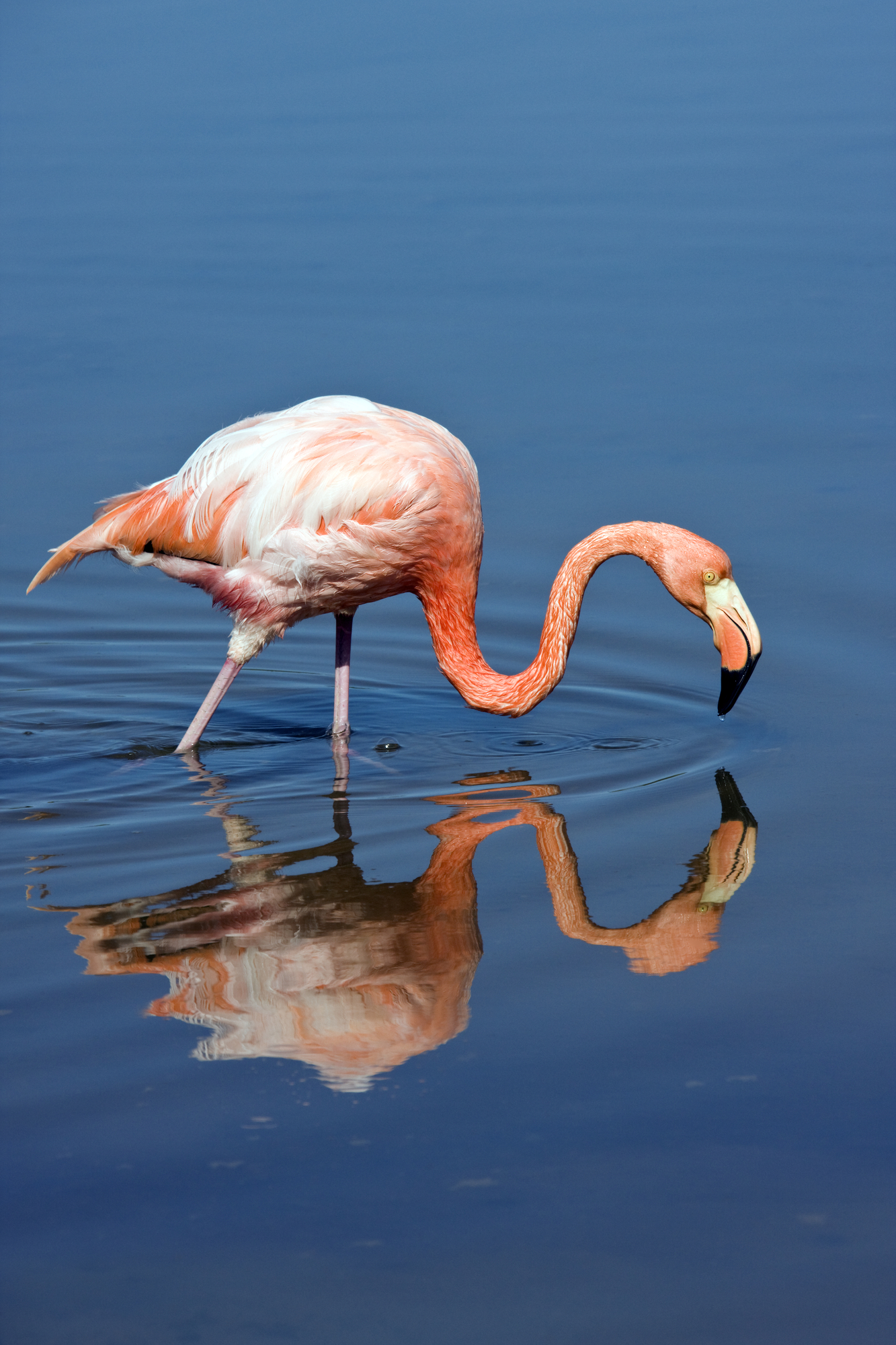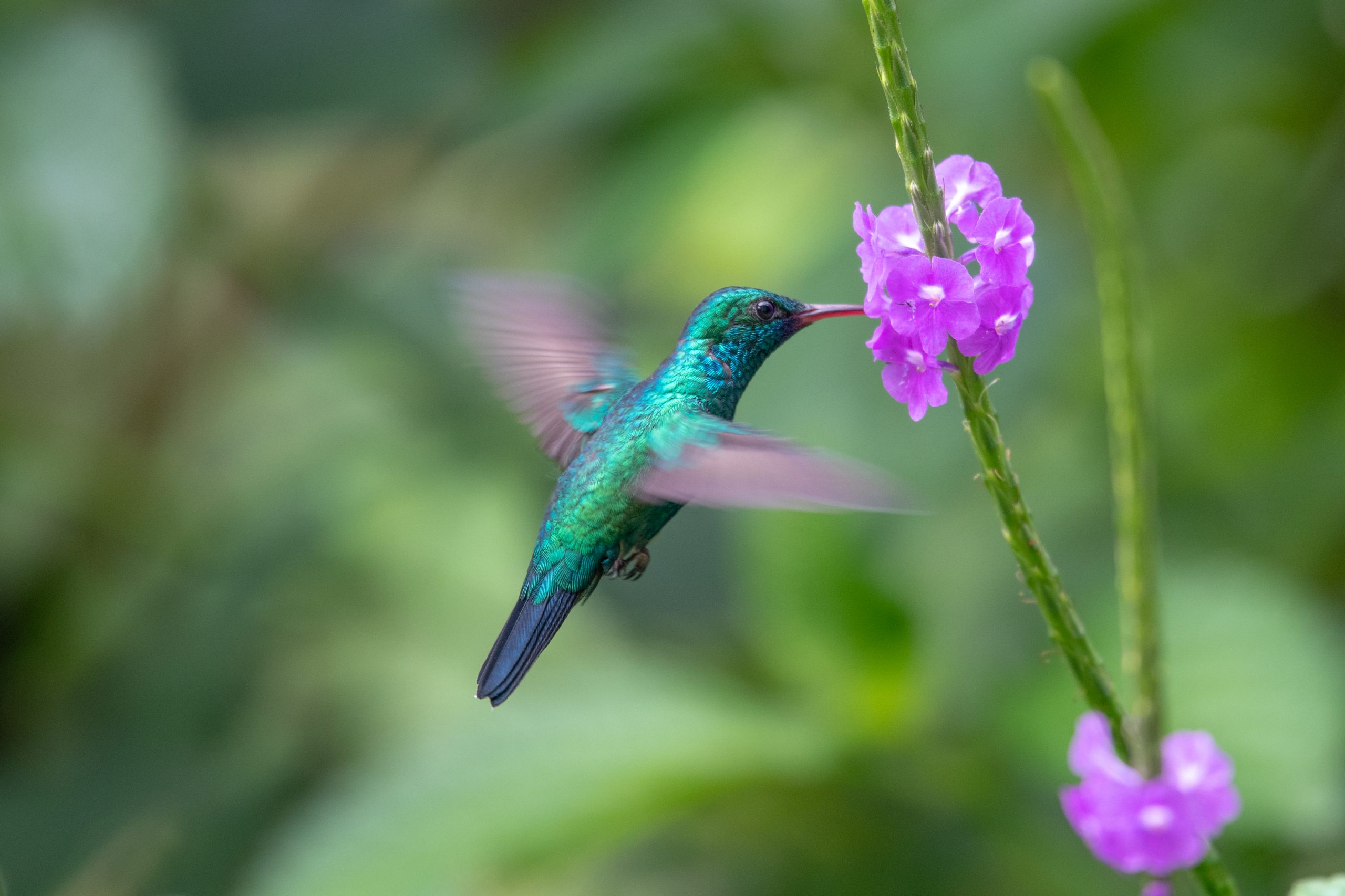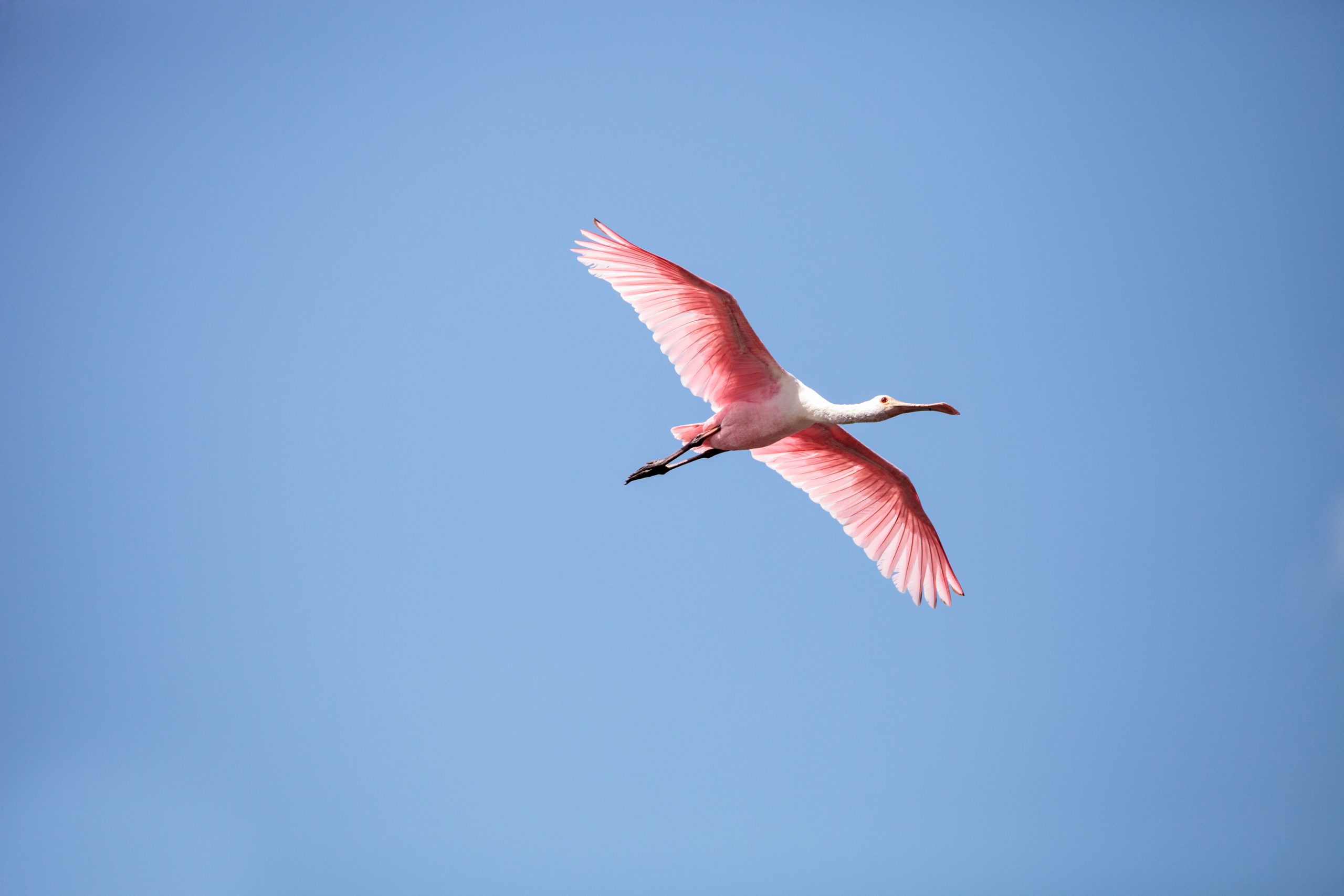There are some stunning birds to photograph in Cuba. Imagine capturing beautiful images of a Cuban Trogon, Cuban Tody or even better, the tiny little Bee Hummingbird! These creatures are fascinating to watch, and highly rewarding to catch a great shot of them. They sure don’t make it easy for you with their fast movements around the place.
What can you do to ensure that you capture some stunning pictures?
Equipment is not everything
Sure, cameras and lenses do make a difference, but not as important as you may think at the beginning of your bird photography journey. Capturing amazing bird shots isn’t just about getting close – which you can also achieve by learning to hide well in nature and also through some stalking tactics – an amazing bird photo has a lot to do with composure, exposure, light and most of all, learning to track those skittish little things. To get started, you just need a decent camera body and a lens that has image stabilisation and a focal length of at least 300mm.
Having image stabilisation means that you can handhold a lens at much slower shutter speeds than you could with a conventional lens. When you are out and about, this is handy as you don’t want to carry heaps of heavy equipment.
Frame the scene
You want to tell the story that you saw… So to make a photo of a bird intriguing to others, you have to consider the final image – can people see where this bird lives, or who it interacts with, how it’s behaving etc. Give your image context.
So how can you compose your picture well? Think of the environment your bird is in. Capturing their reflection on water, showing the bush it’s feeding off, or the sunset sky as they are flying away can add a whole new depth and meaning of your photos. It can add new texture, a nicer colour balance and even change the mood of an image.
Some questions to ask yourself before pressing that button: “Does this scene tell an interesting story about the bird? Does it move or inspire me emotionally or intellectually? Does it make me want to go birding?

Then there’s the light
It may just be the most important consideration for your bird photography. Birds look a whole lot more striking when they are covered in even lighting. Direct sunlight brings out feather detail better and showcases the richest colors. It also gives you the option to use higher shutter speeds.
Much of nature photography is about patience… waiting for the right light, waiting for the right position, angle and pose and this is particularly true with birds.
So what’s the best light for bird photography? Early morning and late afternoon light – which is when the birds are most active, also known as golden-hour lighting. Golden-hour lighting is soft with some wonderful characteristics, like preventing harsh shadows on the bird and creating a glowing plumage and a catchlight in the bird’s eye.

Spray and Pray
One of our favorite, especially when it comes to The Bee Humming Bird and the Cuban Emerald. This term refers to the Continuous High Speed Shutter Mode. Word of warning though, you will need a fast camera and a large memory card to make this happen and the patience to wade through possibly hundreds of images that will not make the cut. However it gives you a much better change for that perfect image to appear among others. Finding that diamond in the rough is such an ecstatic moment.
Light, Camera, ACTION
Who doesn’t love an action shot? Whether it is a bird in flight or a bird catching it’s next meal people love seeing action shots of birds. How can you achieve this? Firstly, get to know your birds and their habits – or if you are traveling on a birding photography tour, hire a local guide who specialises in this field. This way you can go out in the field at the right time and the right place to capture amazing images of the birds behaving naturally.
We already covered the other steps to create the perfect action shots…
- Go out in the field early in the morning or late in the afternoon when birds are very active and lighting is perfect for bird photography
- Wait for the bird to move, then use burst mode to take several photographs at once – hopefully it’s also successful at catching something!
- Track the bird until focus is locked before pressing the shutter (make sure you’re using continuous focus!)

Be Ethical
This means that the bird’s welfare should always come above your need to take a picture. We want to ignite the love for these beauties, tell their stories, raise awareness about their habitats and anything that may endanger them. Nature and wildlife around the world are being threatened by negative human behaviour, we are here to change that, not add to it!
#ethicsbeforeimages at all time is a must! When you join us on a birding photography tour, we will explain the rules to you. Should you not follow them we will remove you from the tour.
In summary, all you need for amazing bird photography are , love and passion for the birds and the environment. Learn the core principles and master your own camera. Learn to think about the scene from the viewpoint of others – what will tell them the story or intrigue them about this bird and how can you capture it.
Technique will out perform equipment any day! So practice, be patient and most of all, enjoy the process of learning.
If you want to learn from our amazing photography experts whilst spotting birdlife, join us on our Simply Birds of Cuba Trip!


